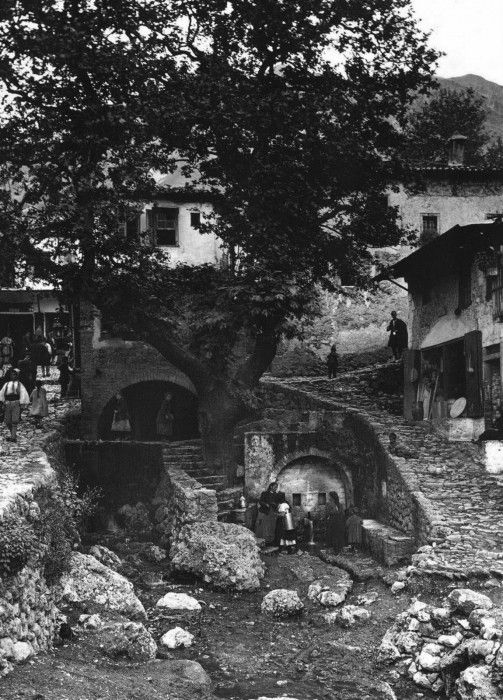Swiss photographer Fred Boissonnas (1858-1946) was not only a well-known Philhellene but also the first foreign photographer who captured Greece’s early 20th century history.
Boissonnas started travelling through Greek lands and sailing to islands in 1903 but did not cease to capture the beauty of Greece until three decades later.
The legendary photographer from Geneva arrived in Corfu and explored the beauty of Mount Athos delving into the monastic way of life but also depicted life in central Greece villages, Athens, remote islands in Lesvos, going as far as Macedonia, Alexandroupolis, Thrace and Epirus.
His photographs, apart from mesmerising and evoking many different emotions, are now part of modern Greek history. His infatuation and then deep love for Greek culture and history began when his father, a famous Swiss clock maker with a passion for photography, who told his sons that the family were descendants of Greek navigators.
















Chronologically, Boissonnas started developing his photographic identity in 1903, the year he arrived in Corfu. That identity, both technically and composition-wise, evolved as the artist spent time in Athens which he had visited numerous times.
There, the idea of traveling cross country and exploring the entire Greek territory and depicting life at the then Greek borders was born. His work was innovative and unique in the way his images capture emotion; his body of work influenced the development of Greek photography during the 20th century but also shaped the European public opinion regarding Greece during that period.











It is safe to say that Boissonnas is the first photographer recording interwar Hellas, that does so with a modern glance, not much different to photography the world saw a century later.
Unknowingly, the photographer also serves as a historian, depicting the Greek way of life in different parts of the country; recording things and customs obsolete that have become ethnographic evidence.



















